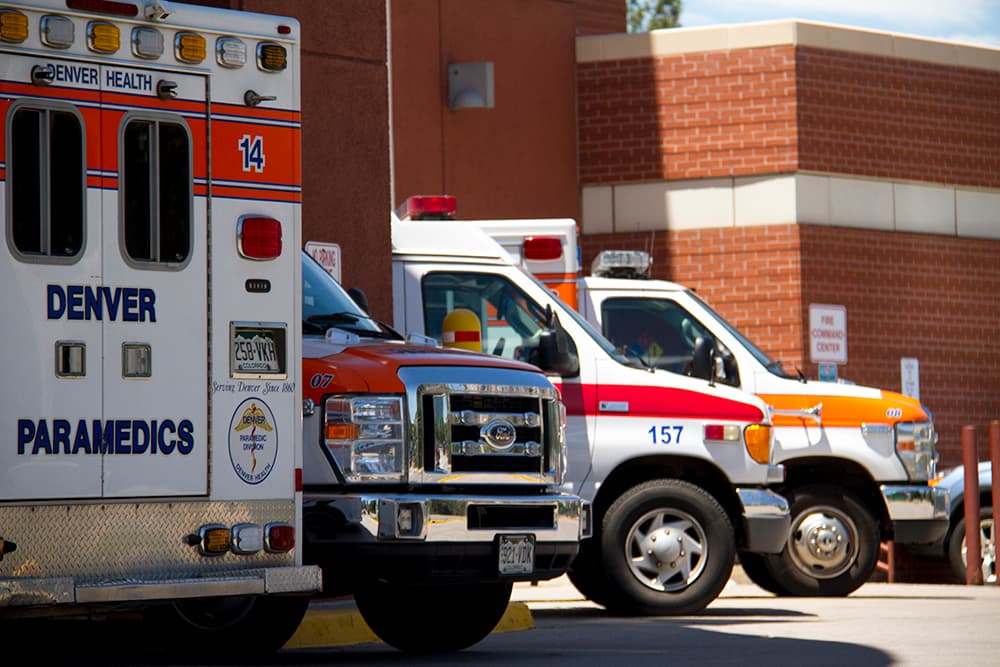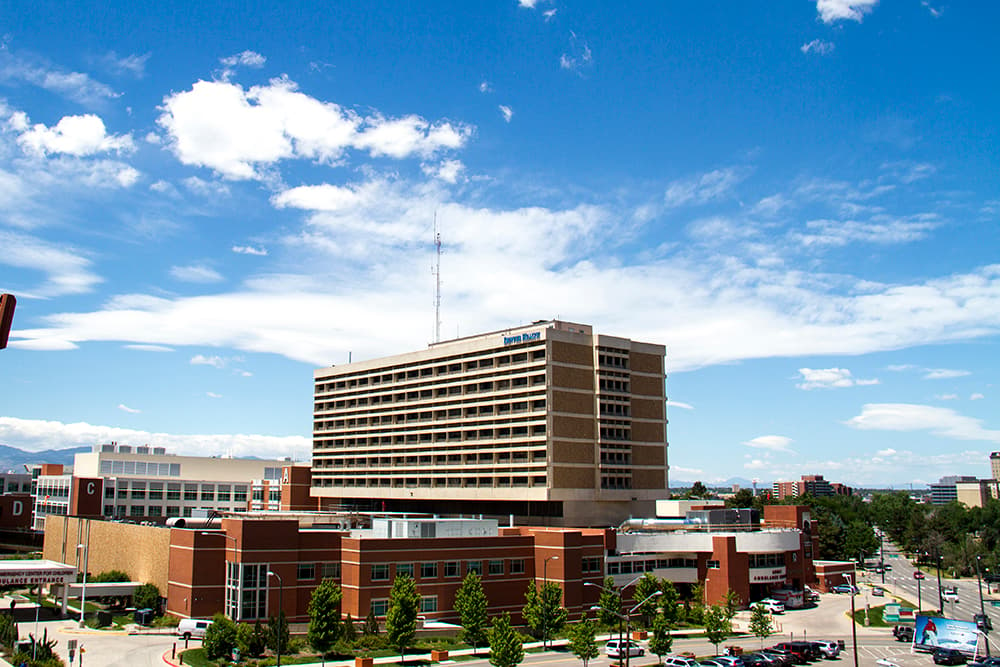
More than 1,600 people arrived at Denver Health with a gunshot wound between 2000 and 2013. A team of academic researchers examined every one of their records – and they found a significant change for the medical outcomes of gunshot cases in Denver County.
"If you get shot today, you are more likely to die than 10 years ago," said Dr. Angela Sauaia, the paper's lead researcher and a medical doctor with the CU-Anschutz Medical Campus.
At Denver Health, your odds of death after a gunshot are 27 percent, a figure that has increased by several points – and that's probably not the hospital's fault.
Over those 13 years, the severity of gunshot wounds got worse and worse, while the victims admitted to the hospital became significantly less likely to survive, according to the paper, which was published today by the Journal of the American Medical Association after more than two years of study.
Gunshots were the only major type of injury to become more fatal over time.
Car accidents, stabbings and assaults all had stable or declining death rates at Denver Health, the study found.
"What we found was that indeed, every injury was getting a much better likelihood of survival - except for those due to firearms," said Sauaia, who is a medical doctor. A person taken to the hospital with a gunshot wound in 2013 or 2014 had a 27 percent chance of dying, several percentage points higher than in 2001.
This is probably not due to some failing of Denver Health, she added, citing conversations with trauma surgeons around the country. (We've asked Denver Health for comment on the study and will update this story as it arrives.)
Instead, Sauaia suspects that guns or the way we use them are becoming more dangerous.
"We can’t catch up with the damage that firearms cause. We can’t catch up with it. It's outpacing advances in trauma care," she said.
"There are more injuries per patient now than there were 10 years ago. Patients are presenting with more places injured. Presumably, they’ve been shot more times, or by a bullet of more power, that penetrated organs."

But she can't be sure, because the federal government has made this type of research difficult.
Hospital records, for example, don't indicate which type of gun was used in a shooting, or how many perpetrators were involved. That information could be valuable to researchers tracking the cause and effects of gun violence, but it can take years to collate the data from law-enforcement, hospitals and others.
"It's a very incomplete picture. It’s not due to science. It’s a political environment that doesn’t allow scientists to have access to appropriate data and appropriate funding to conduct this type of research," Sauaia said.
She points in particular to Congress, which has long discouraged the Centers for Disease Control from researching gun violence for fear that those facts would turn into advocacy against guns.
"It’s astounding to me that we cannot find the appropriate data to answer this question."
This paper is one point in a complicated field.
It's worth noting that the proportion of people admitted to Denver Health for gunshot wounds remained largely the same, compared to other types of injuries.
Nationwide, the rate of gun homicides actually declined fairly steadily in the U.S. from 1993 to 2014, according to Pew Research, reflecting a broader drop in violent crime.
However, an increase in gun suicides has kept the rate of gun injuries tragically stable – and, in 2015, guns killed more people nationwide than motor-vehicle accidents for the first time in recent history, the Washington Post reported. The rate of non-fatal gun violence is at its highest rate since 1995, according to a recent editorial in the Journal of Trauma and Acute Care Surgery.
In either case, many more people die to bullets here than in other developed nations. The gun-homicide rate in the United States is 25 times higher than other high-income countries, the JTACS editorial reported.
Here's how the New York Times put it: You're just as likely to be murdered by a person with a gun in Japan as you are to die of a lightning strike in United States.












